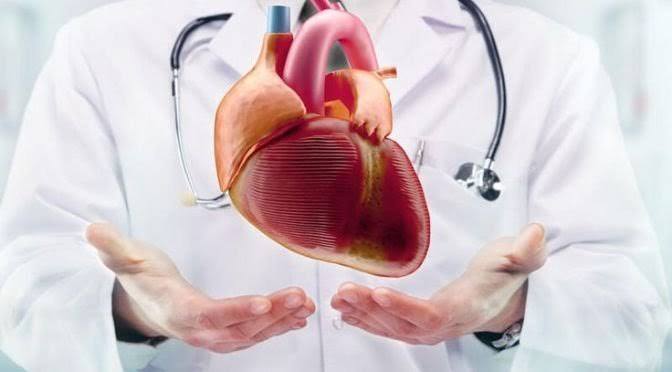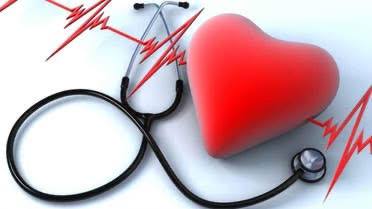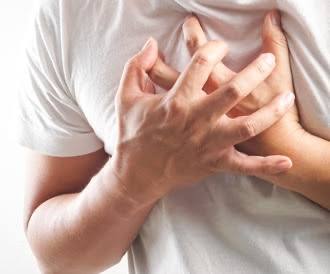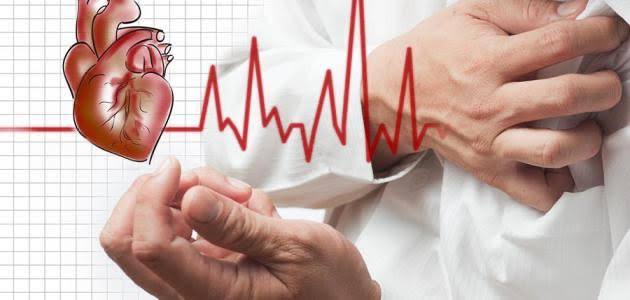Comprehensive medical article about the heart: Anatomy, functions, diseases, prevention and treatment
The heart, that vibrant muscle, is the center of the circulatory system in the human body. The heart is responsible for pumping blood carrying oxygen and nutrients to all parts of the body, and removing blood carrying carbon dioxide and waste. In this article, we will learn in detail about the anatomy of the heart, its functions, common diseases that affect it, and how to prevent and treat them.
Anatomy of the heart
The heart consists of four chambers: the right and left atrium and the right and left ventricles. Heart valves separate these chambers from each other and control the direction of blood flow. The heart works as a double pump, as the right side transports blood from the body to the lungs to be supplied with oxygen, while the left side transports oxygen-rich blood from the lungs to the rest of the body's tissues.
Heart functions
Pumping blood: The heart pumps blood continuously to all parts of the body, ensuring that oxygen and nutrients reach the cells and waste is removed.
Maintaining blood pressure: The heart works to pump blood with enough force to maintain blood pressure within normal limits.
Regulating blood flow: The heart controls the amount of blood pumped to the various organs and systems according to the body's needs.
Common heart diseases
Coronary artery disease: This is the most common type of heart disease and occurs as a result of the accumulation of fatty plaques in the arteries that feed the heart muscle.
Heart rhythm disorders: This includes a group of conditions that lead to irregular heartbeats.
Congenital heart defects: These are deformities that occur in the heart during fetal development.
Cardiomyopathy: This is a disease that leads to weakness and enlargement of the heart muscle.
Heart valve diseases: These include narrowing or leakage of the heart valves.
Causes of heart disease
Modifiable risk factors: Smoking, high blood pressure, high cholesterol, obesity, lack of exercise, diabetes, unhealthy diet, stress.
Non-modifiable risk factors: Age, gender, family history.
Symptoms of Heart Disease
Symptoms of heart disease vary depending on the type and severity of the disease, but may include:
Chest pain
Shortness of breath
Dizziness
Fainting
Swelling in the legs
Palpitations
General fatigue
Diagnosis of heart disease
Heart disease is diagnosed through:
Medical history and physical examination
Electrocardiogram
Echocardiogram
Blood tests
Heart catheterization
Coronary angiography
Heart disease treatment
Heart disease treatment depends on the type and severity of the disease and may include:
Lifestyle changes
Medications
Medical procedures such as catheterization and stenting
Surgery
Heart disease prevention
Quitting smoking
Eating a healthy diet
Exercising regularly
Maintaining a healthy weight
Monitoring blood pressure and cholesterol levels
Controlling diabetes
The heart is a vital organ in the human body, and its health must be maintained by following a healthy lifestyle and undergoing regular medical checkups. If you experience any of the symptoms of heart disease, consult your doctor as soon as possible.
Note: This article aims to provide general information about the heart and its diseases, and does not replace consultation with a specialist doctor.










